We are full-time adventure travel bloggers. For awhile, we were also full-time travellers. We have a base now but still travel often.
The majority of our online income is earned via this blog. Our income may not be huge but we love the freedom that this kind of life offers us. We can work anywhere in the world!

Working for ourselves is immensely satisfying and also incredibly flexible. We travel in a converted van and disappear into the wilderness for days (sometimes weeks) at a time.
Choosing our own working hours, we also choose what to work on every day.
Our income is hugely variable and not predictable and I can’t deny that it isn’t challenging at times (finding wi-fi really got old quickly while travelling full time!) but we think it is absolutely worth it.
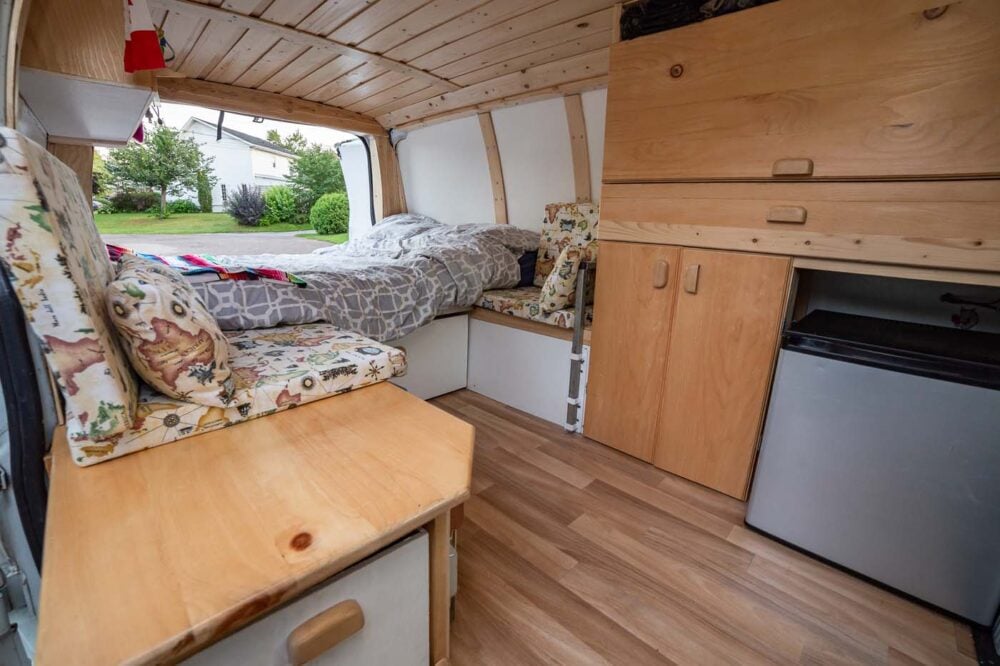
If you’d also like to build a similar lifestyle, keep reading for advice on setting up a blog, how to drive traffic and the income streams we use to make money blogging.
This post includes affiliate links. If you make a qualifying purchase through one of these links, I may receive a small percentage of the sale at no extra cost to you.

Setting up a blog
Start as you mean to go on by laying the right foundation for a successful blog.
This starts with the basics of choosing a blog name and niche before making a small investment (less than $100) in hosting and a domain name.
Choosing your blog name and niche
One of your first steps should be to consider a niche for your blog. A niche refers to a specific topic or category, a specialisation if you like.
Having at least one makes it easier to find an audience and establish authority and credibility when blogging.
Vegan food is a niche, as is budget travel or at-home fitness. Our niche is outdoor adventure and off-the-beaten-path travel.
After narrowing down niches, also consider a blog name. Choosing a name is crucial because it provides a first impression of your website.
My number one tip would be to think of a name that allows for some flexibility but still defines a little about who you are and what kind of blog it is.
For example, ‘TwentySomethingBackpacker’ wouldn’t be my first pick because it limits the type of travel (budget) and would be less relevant as you age.
WordPress
WordPress is a content management system and is what I would recommend any new blogger using to build their website.
You may have seen adverts for Wix, Weebly or other website builders around, but, in my opinion, WordPress is the one you want to use.
WordPress is easy to navigate, customise and manage. About 30% of websites on the internet are built using WordPress.
Hosting
If you’re looking to create a blog and potentially make money out of it, you need to go self-hosted right away.
A non self hosted website is one that is free and is owned by someone else, such as WordPress.com, Blogger, Tumblr etc.
Self hosting involves paying a third party to give your website a ‘home’ so to speak. Going self hosted is important because you:
- Have full ownership of your site
- Can control exactly how your site looks (no host ads)
- Are able to monetise it without breaking any terms and conditions
- Will look more professional
Our site was hosted with InMotion Hosting for over five years. In 2019, I finally upgraded to Big Scoots and absolutely LOVE the service. They fix every issue I have within 5 minutes!
Keep in mind that hosting isn’t necessarily expensive – when I first started, I was paying around $4/month. I now pay around $60/month (190k monthly page views).
Domain
Along with going self hosted, a custom domain is essential when starting a blog.
For one thing, it helps your audience find you. It also looks much more professional. Try and get the ‘.com’ address but if you can’t, it’s not the end of the world.
I went with offtracktravel.ca as my first choice and have never regretted it.
I purchased my domain through GoDaddy, though have since transferred it to Google Domains. I’d recommend new bloggers to use Google Domains as it skips a bunch of verification steps for Google related services later.
Photo editing
Something you should definitely do from the start is to use a good photo editor to keep your photos looking good but also small in size (200kb or less).
This is really important to help keep your website loading fast and also cheaper to host. It’s also SUCH a pain to fix hundreds of huge images after you’ve been blogging for a while (I say this from experience!)
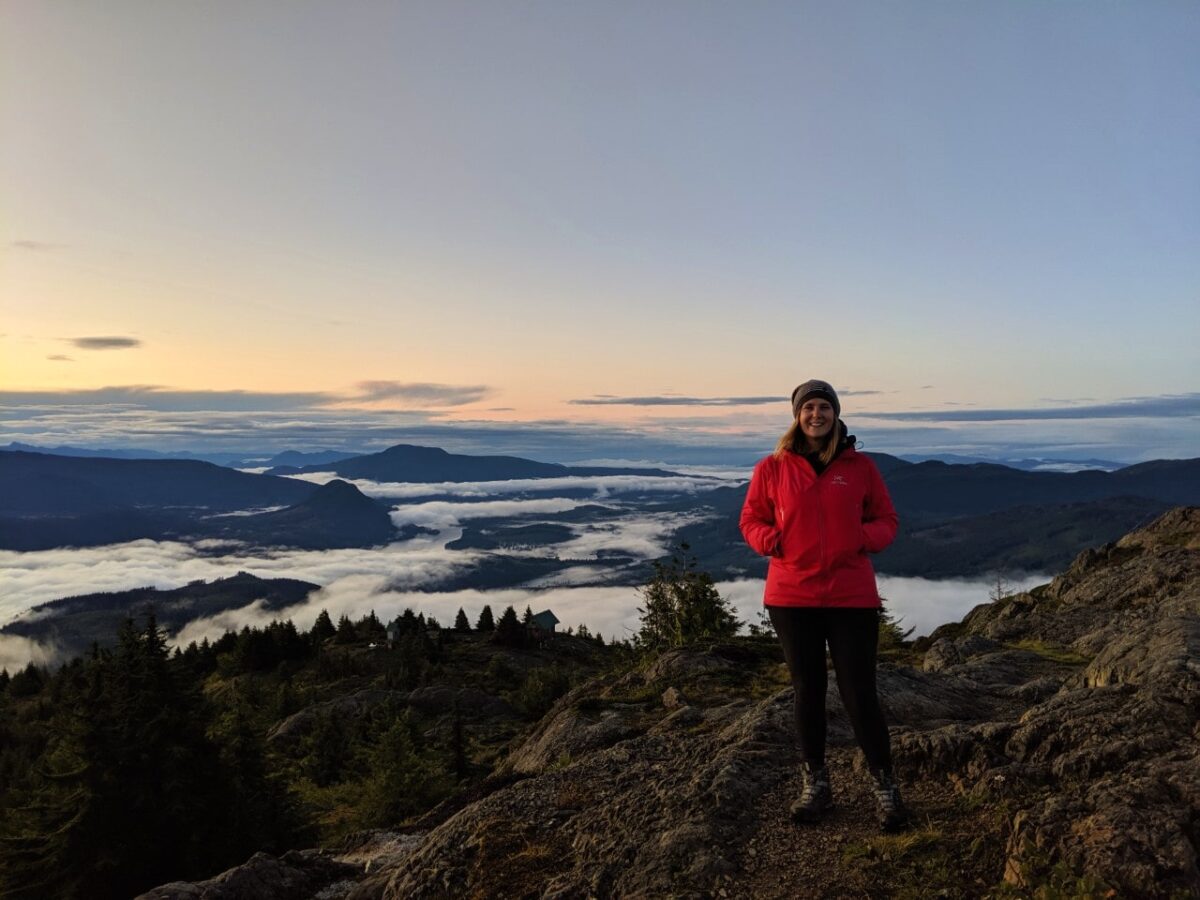
Driving blog traffic
One of the most overused and untrue expressions used when talking about blogging is “if you build it, they will come.”
While this may have once been true, the reality of it now is that you have to bring people to you.
Writing hundreds of articles isn’t enough, you need to market them too. Otherwise, your blog will just be left in the never-ending internet void.
Social media
There is no doubt that social media can be a huge traffic generator but it is volatile and consistency is difficult to maintain.
The major social media platforms are continuously changing their algorithms and reducing organic reach.
Bloggers who build a large social media following usually find that this influence is more useful for working with brands or DMOs (Destination Marketing Organisations) than for driving traffic. =
Organic search engine traffic
Millions of searches are entered into online search engines every day. The best way for bloggers to drive traffic, in my opinion, is to rank high on search engine results.
To do this, you have to understand a little about search engine optimisation (SEO).
SEO is the process of improving or writing content that closely matches what search engine users are looking for, according to the algorithms that search engines use.
There are a lot of factors involved but the crux of SEO involves writing quality articles answering questions that search engine users have.
We use the online tool Keysearch to find the questions that people are looking for answers to.
Ever since using Keysearch, our website traffic has rocketed. There is a monthly fee but it is absolutely worth it.
And I say that as someone who was very reluctant to spend money during the first few years of blogging! If you pay for anything as a new blogger, pay for a Keysearch (or other SEO tool) subscription.
Think of Pinterest as a search engine, rather than a social media platform. It’s like an image version of Google.
Pinterest can be lucrative for driving blog traffic, especially for newer bloggers. I do believe its influence has waned over the years, however, and I use it less and less.
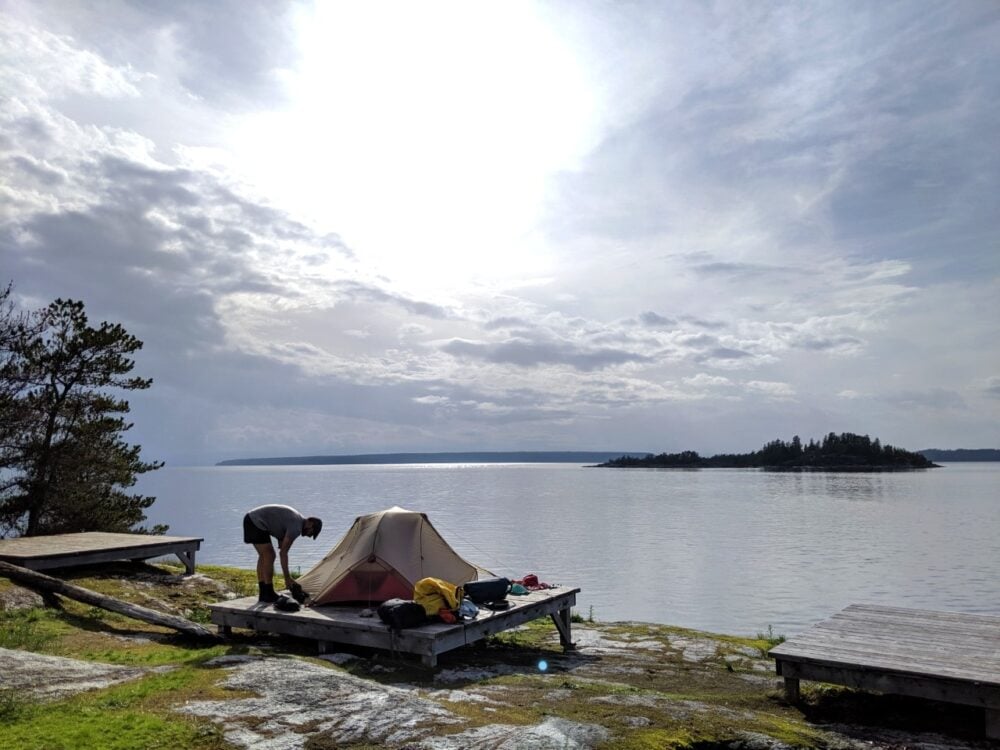
How to make money travel blogging
The number one question I get asked about my work is undoubtedly “how do you make money?”
It doesn’t usually bother me too much as blogging is such a relatively new profession. Here are the main ways to make income from travel blogging.
Affiliate marketing
Has your mobile phone company or bank ever offered you a discount or bonus if you successfully refer a friend? That is the essence of affiliate marketing.
Many online brands and retailers offer commissions (usually a percentage of a sale) to bloggers who successfully generate referrals via links on their websites.
Affiliate marketing is my preferred form of blogging income as it is completely passive, low effort, authentic and doesn’t impede on the website experience.
Some of my favourite affiliate programs include:
Amazon Associates – Without a doubt, one of the biggest affiliate programs is Amazon’s. With thousands of products available, you probably already use and love many items sold on Amazon.
Booking.com – Linking to accommodation listings is a natural fit for travel bloggers and Booking.com is one of the largest booking services out there. There are over 1 million listings on the site.
Get Your Guide – An online booking agent for attractions, tours and activities, Get Your Guide is another natural partner for any travel blogger. An alternative is Viator (better for North America, in my opinion)
As well as signing up directly with brands, consider joining an affiliate network or two. These group together merchants who often do not have an independent affiliate program. Examples include Awin, AvantLink and CJ
Display advertising
More of a traditional income stream, display advertising refers to graphic adverts seen on almost every website on the internet.
We started using display advertising in August 2018, after joining Mediavine, an advert management company.
There are other ad networks out there that you can join but do not expect to make more than $200/month without substantial traffic (25,000 sessions or more).
Mediavine requires members to have at least 50,000 monthly sessions to join, for example. Be aware that sessions do not = pageviews.
eBooks and courses
Selling digital products is an ideal way to earn money through blogging, as long as you are willing to take the time to create them.
Of course, there is no guarantee of purchases. For this reason, market research is key, to determine whether there is a need for your intended product.
Many bloggers utilise course creation as an income stream. Popular topics include making money from blogging, how to improve travel writing, affiliate marketing, SEO etc. My first income through this blog was actually via eBook sales, back in 2015.
I created eBooks using Word, converted them to PDFs, advertised on this website and then sold the files via the Gumroad platform.
Freelance writing
Many travel bloggers supplement their income with freelance writing.
This involves writing articles for publications besides their own blogs – this could be travel websites, magazines, other blogs etc.
For six years, I wrote two articles a month for another website.
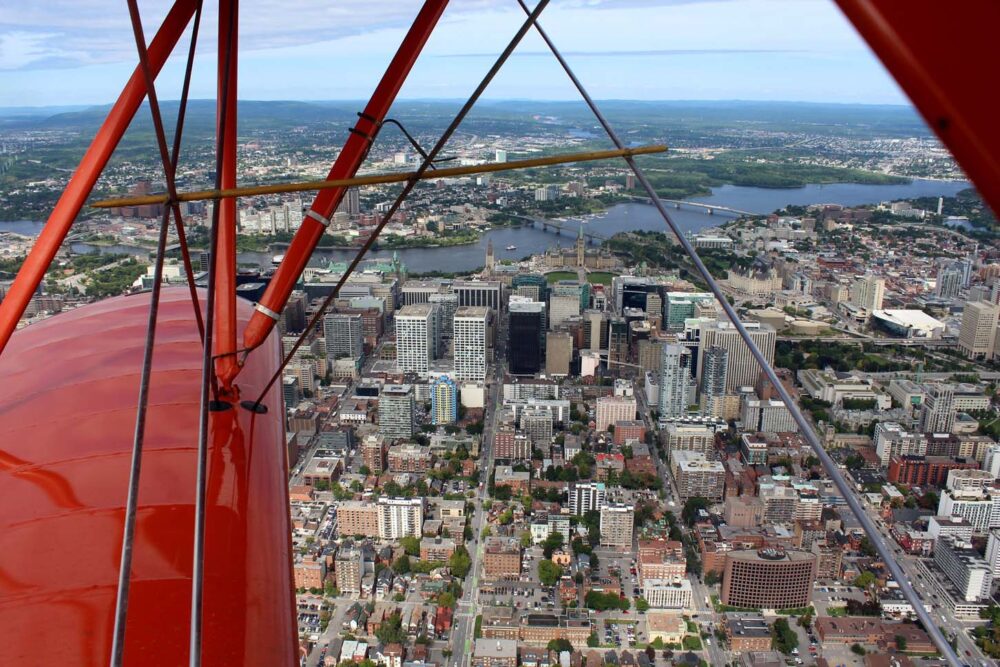
Paid press/media trips
Press trips (sometimes also called media trips) are most commonly offered by brands, tourism boards and airlines and can also be referred to as FAM (familiarisation) tours and hosted stays.
A press trip is usually an all-expenses paid visit to a destination in exchange for content creation (blog posts, social media coverage).
Sometimes, a daily stipend will be included as well OR a fixed amount is negotiated for set deliverables (blog post, social media posts etc).
- The thing to keep in mind is that press trips are not a holiday by any means. Yes, you are technically getting paid to travel but it is still work!
- To be considered for a press trip, you must be able to demonstrate value to the brand or tourism board. It’s not always about numbers but also quality, professionalism, niche and audience
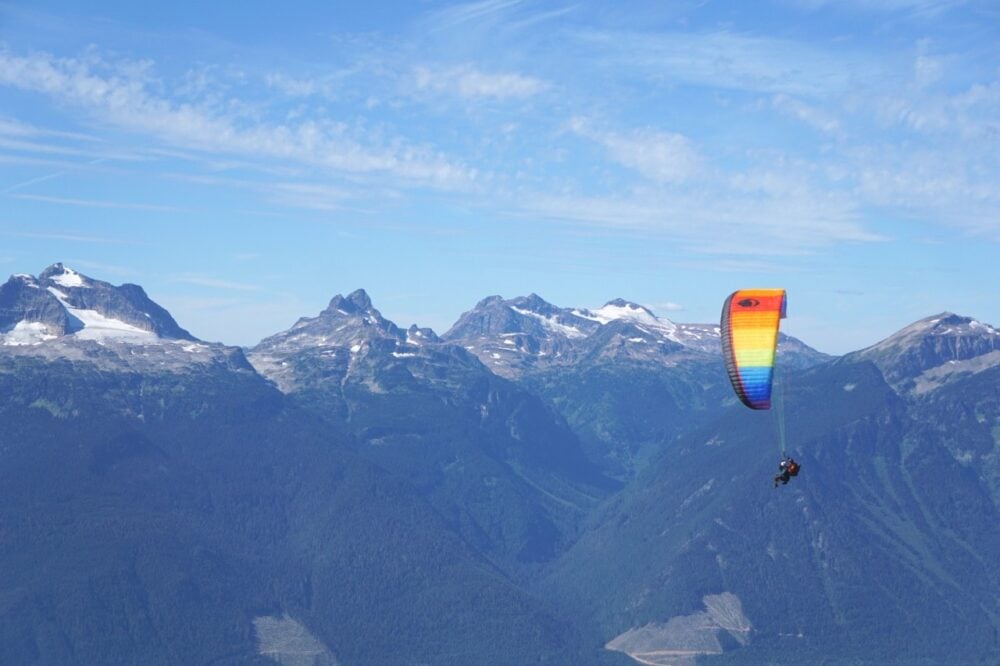
Sponsored content
Sponsored content is a significant form of income for a lot of bloggers, particularly those with large social media followings.
This involves a partnership with a brand, tourism board or other travel business to promote a service, product or destination on the blogger’s website and/or social media channels. Sponsored content can be:
- An entire blog or social media post dedicated to the destination or brand
- A mention of the service, product or destination in a blog post (new or pre-existing) or social media post
- A link included in a post (new or preexisting) – note, these should be ‘no follow’ as per Google guidelines
Sponsored content can be a result of the blogger being approached by a brand or pitching directly to one for a partnership.
Personally, we choose to avoid sponsored content partnerships unless it is a natural fit for our audience, interests and ethics. This happens very rarely.

